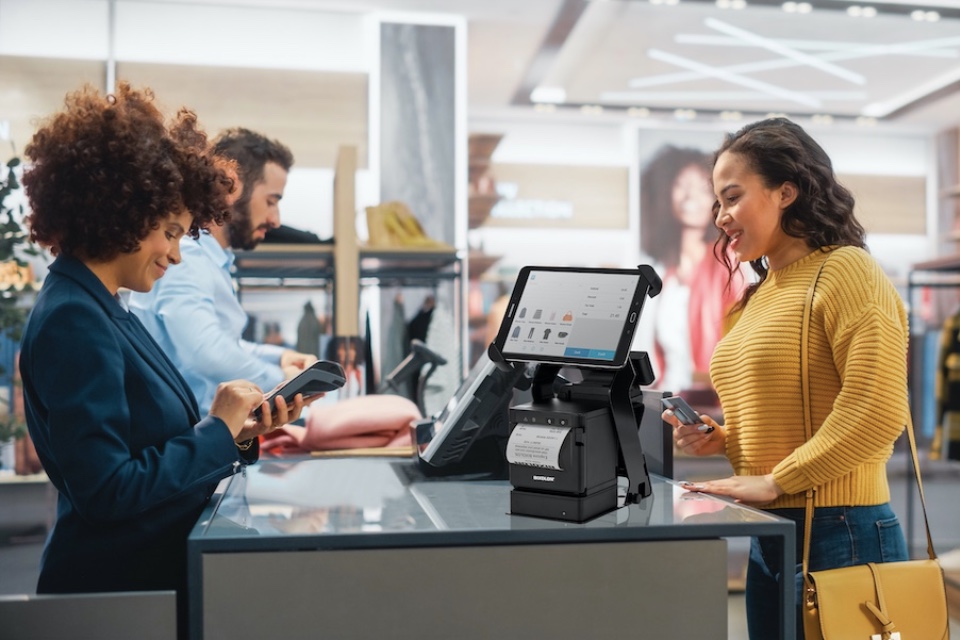New M&S self-serve B2B platform doubles down on fraud prevention

BHN (Blackhawk Network) has entered a partnership with M&S to launch the retailer’s first self-serve B2B eCommerce platform, with a particular emphasis on combatting attempted fraud. In short, the retailer will now have a self-service ecommerce platform that B2B buyers can access at any time to complete gift card orders. The platform will allow B2B […]
Mother’s Day shopping spree predicted for UK retail

UK shoppers are set to spend £1.7bn on Mother’s Day this year, a 1.1% increase on 2023, as over half of consumers intend to purchase an item to celebrate the occasion, though price remains a main concern. That’s according to the UK Mother’s Day Intentions 2024 report from GlobalData, which also cautions that high inflation means […]
Retail sector the ‘least confident’ in ability to prevent cyber attacks

Node4’s Mid-Market IT Priorities Report 2024 has revealed the top ten mid-market cyber security threats for the next 12 months, as set out by the sector’s IT decision-makers. Top of the list is insider threat, followed by AI-related threats, ransomware, deep fakes and malware. The second half includes DoS attacks, supply chain attacks, phishing, zero-day attacks and scams/fraud. Paul Bryce, Managing Director at Node4, said: “The high level of concern around […]
Retail POS needs and wants: data, security and the best the market has to offer

It’s no secret that point of sale (POS) systems and receipt printing are crucial to retailers and hospitality businesses. Without them, they cannot enable sales effectively and grow their businesses optimally. In fact, to say they are important, for many, is an understatement. Especially when you consider their strategic importance to not only drive sales […]
Ensuring a merry and secure holiday season for online retailers

By Gav Winter (pictured, above), CEO at RapidSpike The upcoming holiday season – including the renowned Black Friday – holds immense significance for online retailers. As early as the end of October, the shopping frenzy begins with enticing discounts that continue throughout December and after Christmas with Boxing Day sales, making it an unparalleled retail […]

